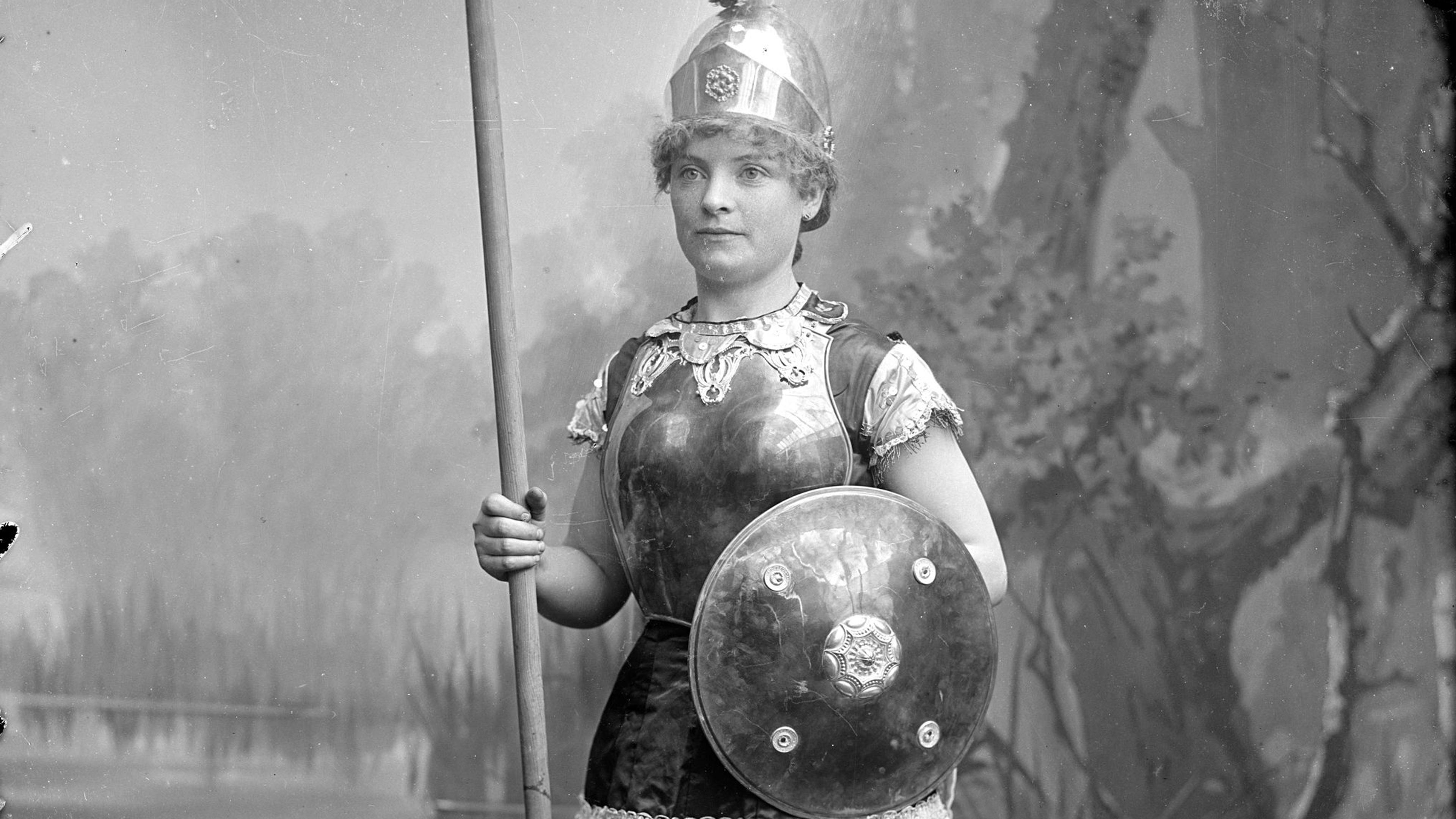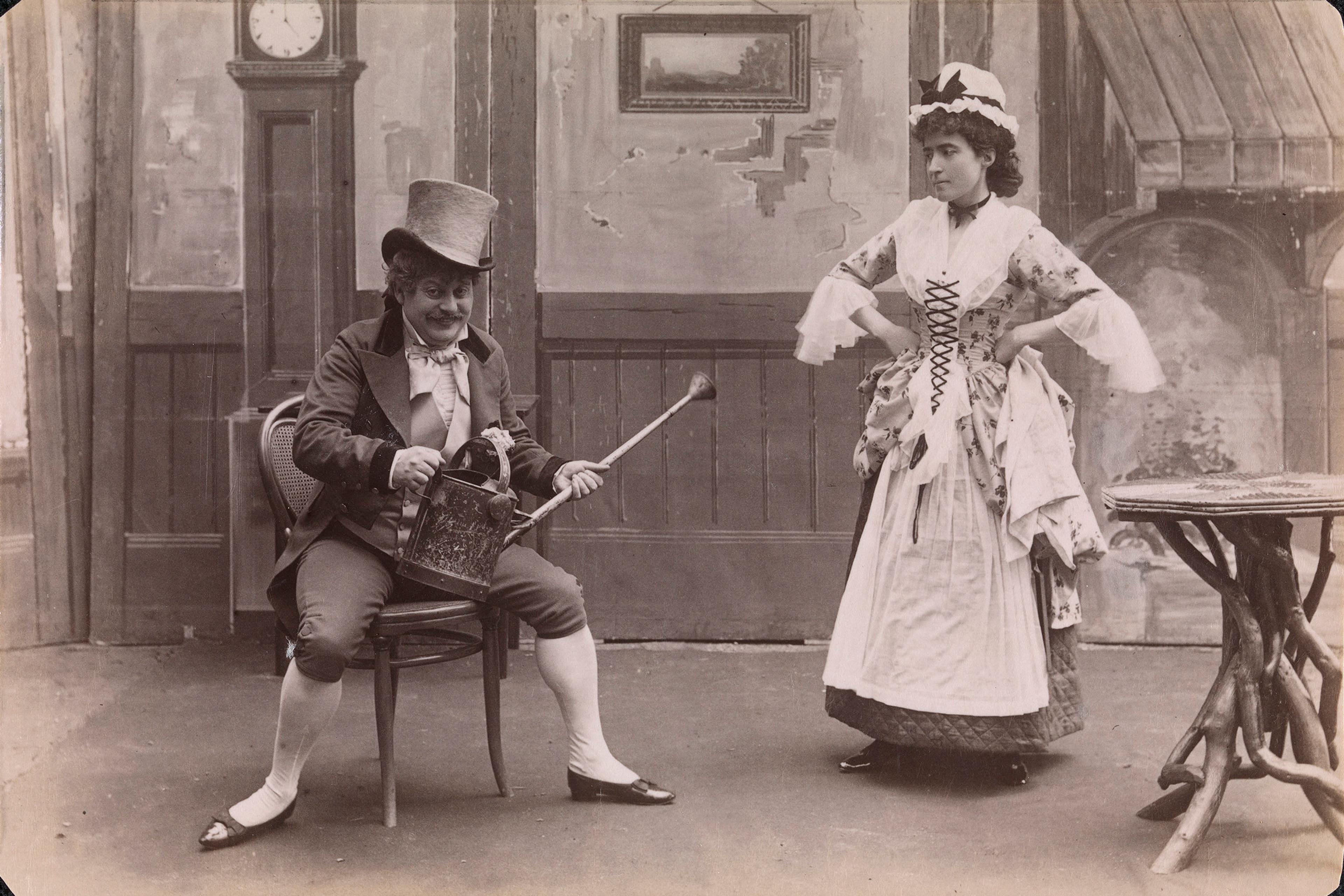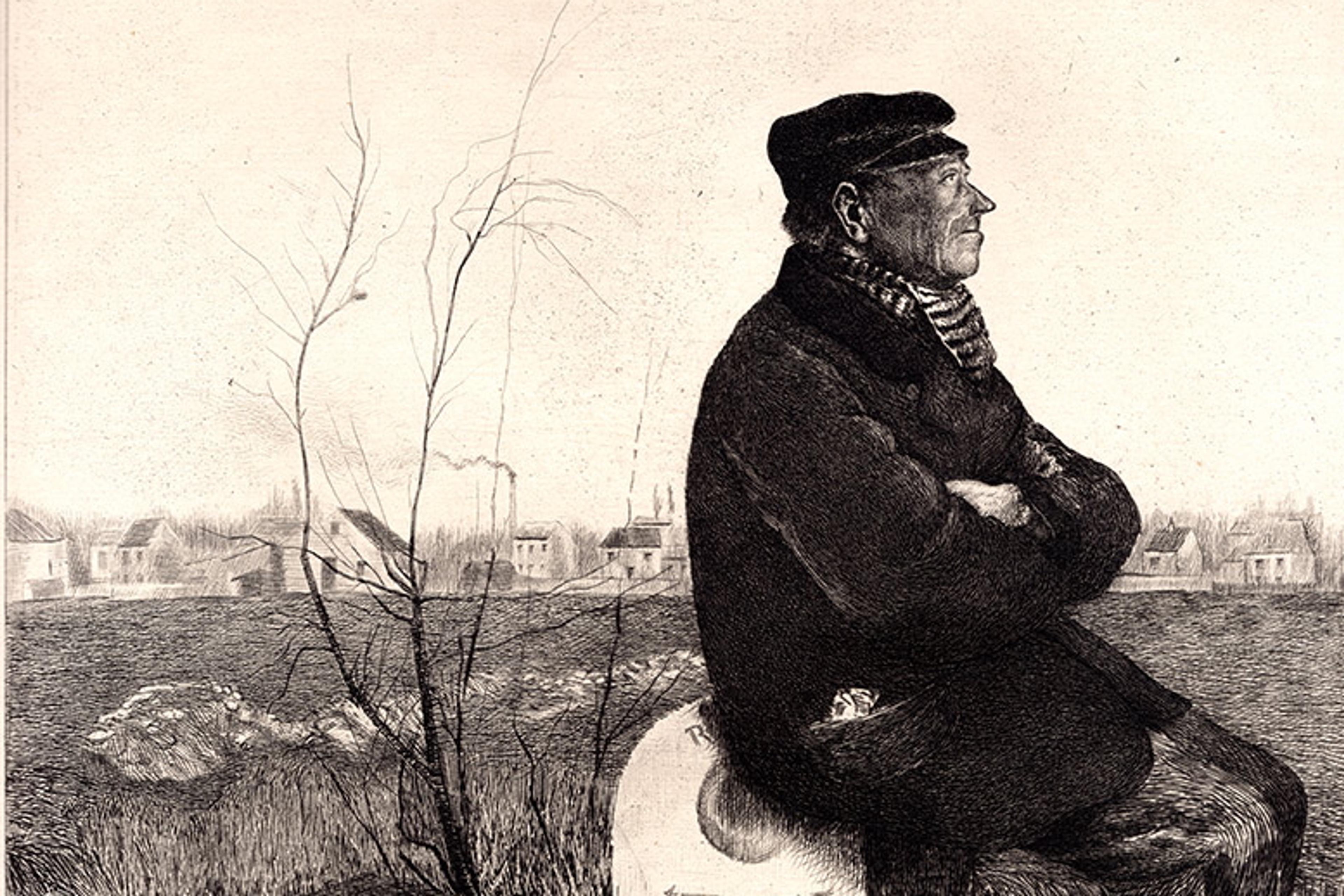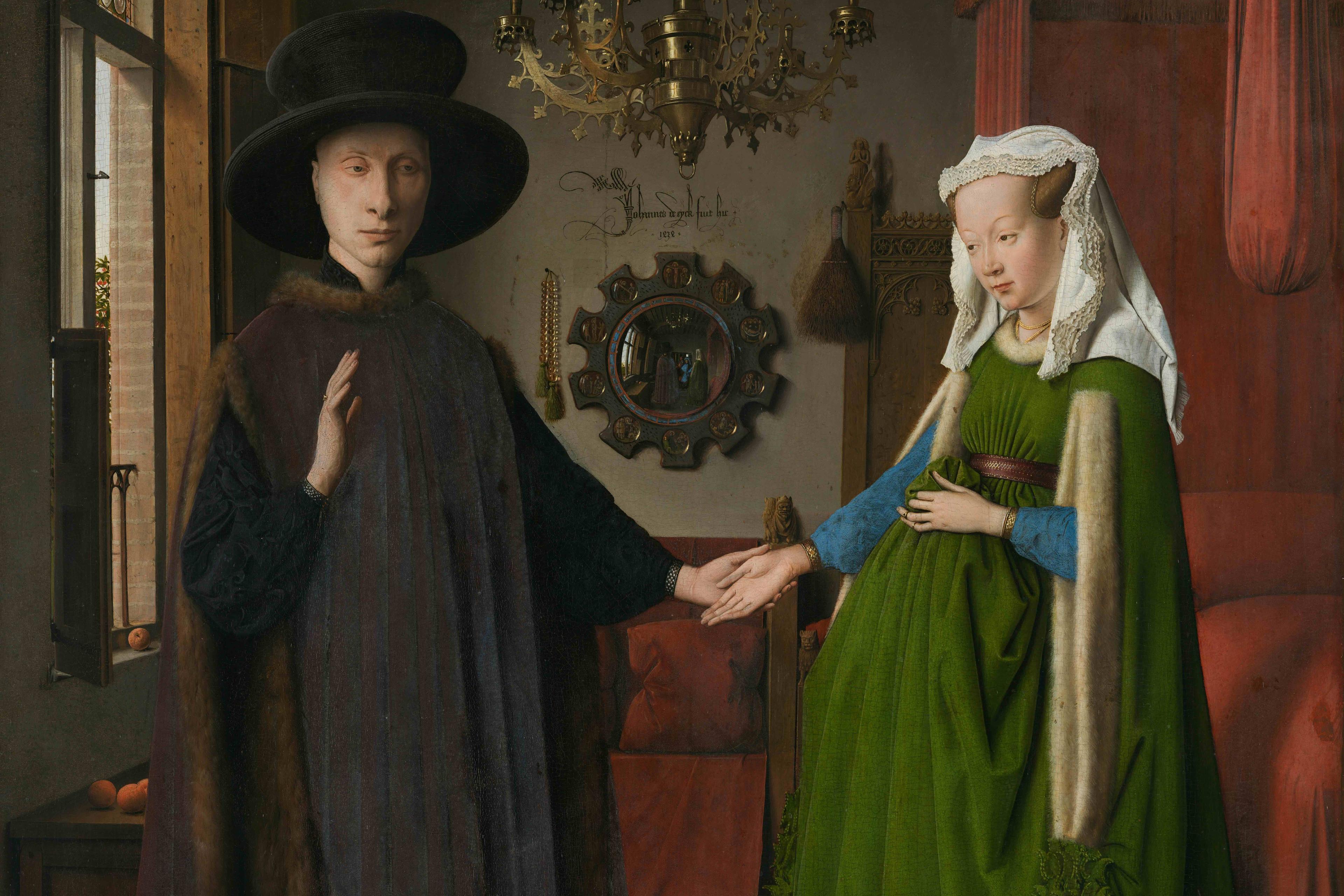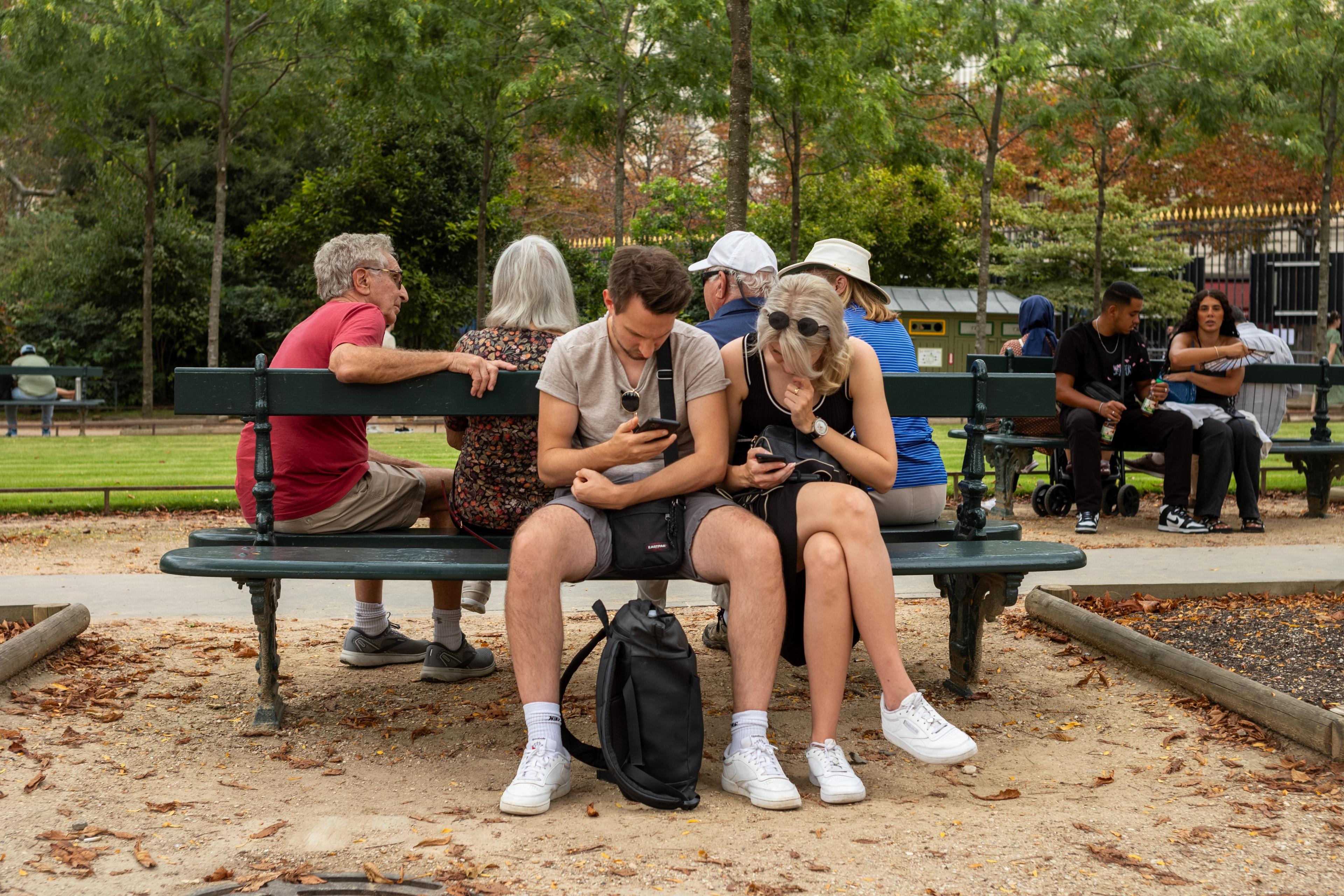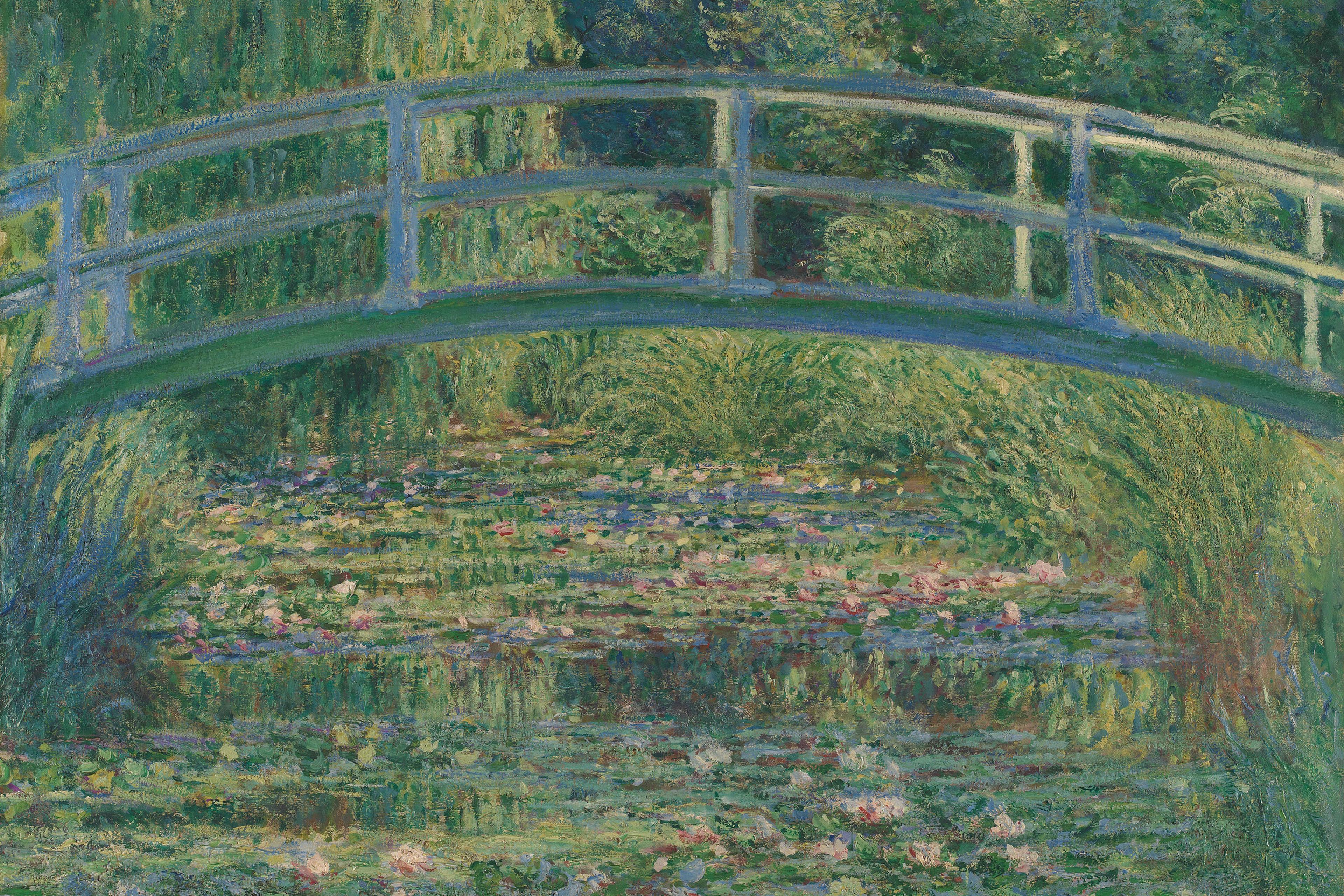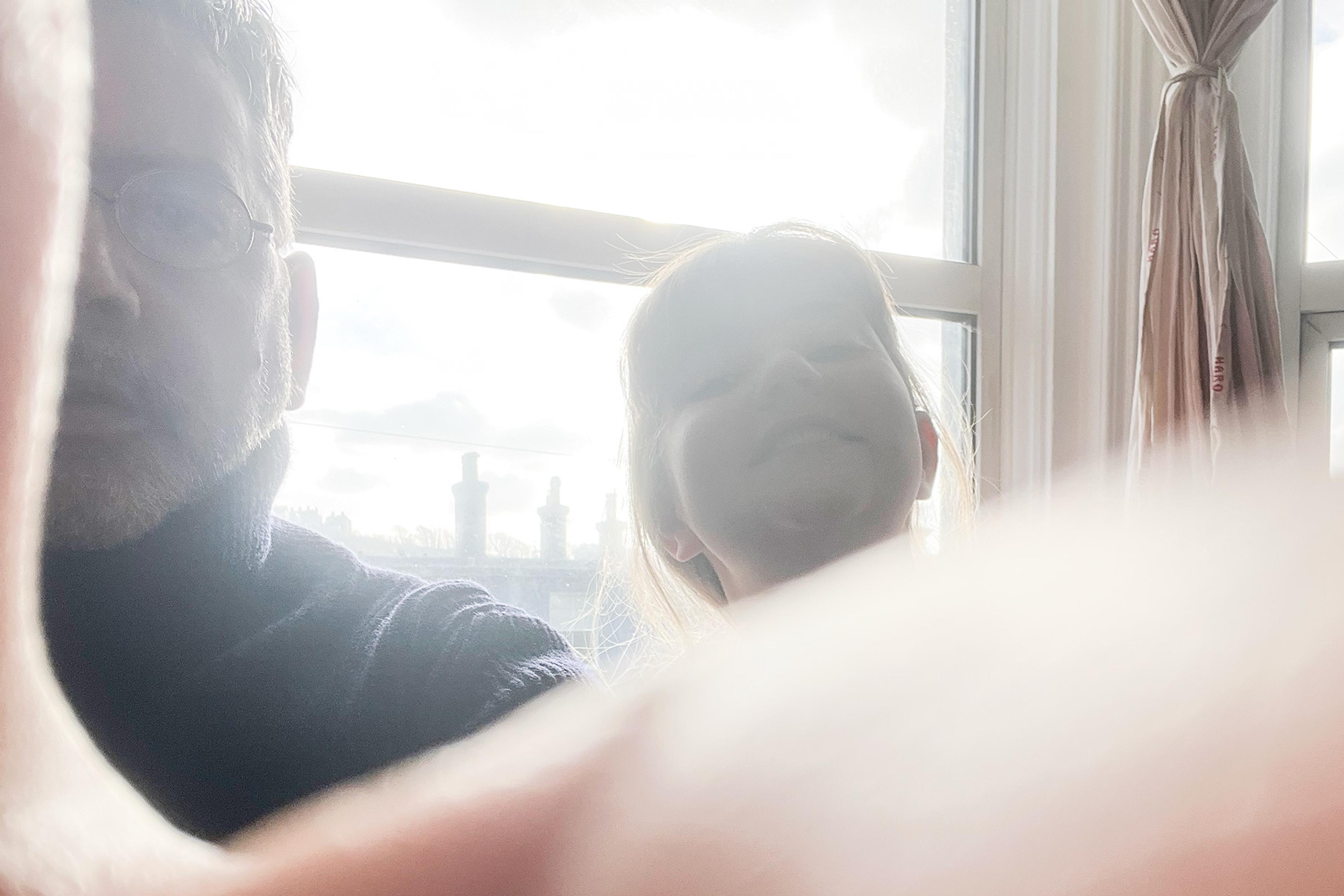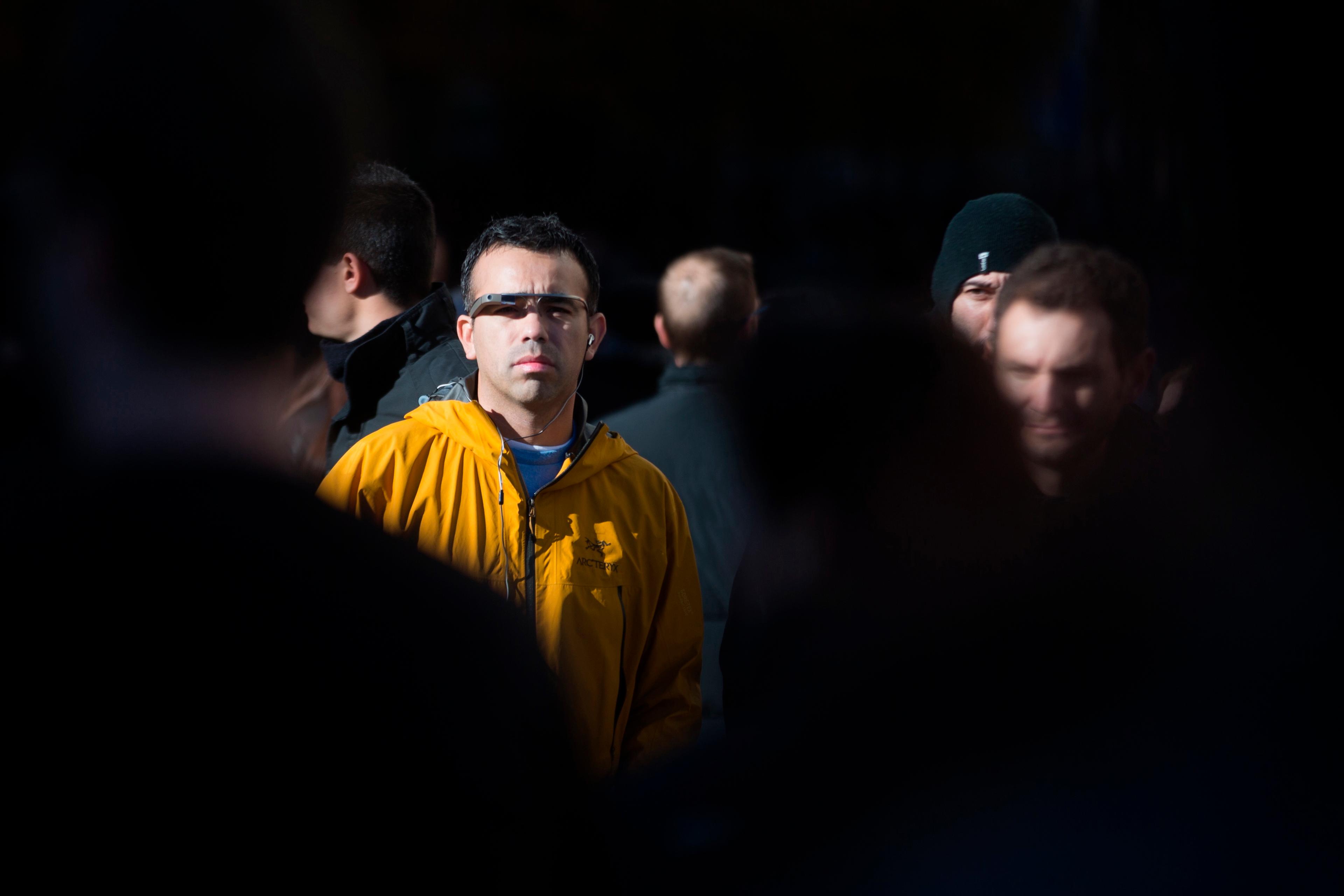The Russian president Vladimir Putin appeared in my class one day this spring. The TV host John Oliver showed up at our next meeting. Classes had quickly moved online in the wake of the COVID-19 pandemic. Almost immediately, students started experimenting with backgrounds in Zoom videoconferencing software.
An outer space background was briefly popular, as was a video loop of a swaying palm tree and rolling waves. Sometimes local birds seemed to sing in sync. A poster for the movie Sharknado 2 squared off against slick ads for Burger King. One student told me she Googled ‘rich person’s house’ and a gilt-trimmed room of overstuffed chairs was her background ever after.
Before March 2020, decorative backdrops (aside from the occasional 1980s throwback: see the ‘We Have Lasers!!!!!!!!!!!!!’ Tumblr) were rarely seen in contemporary photographs or videos. Instead, the grey and white seamless backdrops of the 1950s fashion photographers Irving Penn and Richard Avedon gave way, in the 21st century, to the verité of Instagram. Influencers became an army of amateur location scouts, dragging their Instagram boyfriends along like reinforcements. In San Francisco, Ubers lined up at popular spots, such as the colourful 16th Avenue tiled steps or the ribbon candy curves of Lombard Street, disgorging one group of photographers only to pick up another pack for a ride to the next spot (probably the Museum of Ice Cream). Backgrounds in social media selfies were testaments to the subject’s authenticity; they verified her access to exotic or posh locales, almost as a foil to the elaborate retouching enabled by apps such as Facetune.
However with the introduction of pandemic lockdowns worldwide, many of these public locations were suddenly off limits. Selfie backgrounds were restricted to sites inside the home or narrow views out the window. When work and social life shifted online, Zoom backgrounds became one of the few ways to see one’s self in a different place.
Most people don’t realise the nod here to 19th-century portrait photography, where backdrops solved two problems: they covered up studio clutter and focused attention on the sitter. Initially a simple cloth or woollen blanket was a suitable backdrop, which the photographer was advised to keep in motion during the long exposure. The movement was intended to blur the background and remove any offending wrinkles or spots.
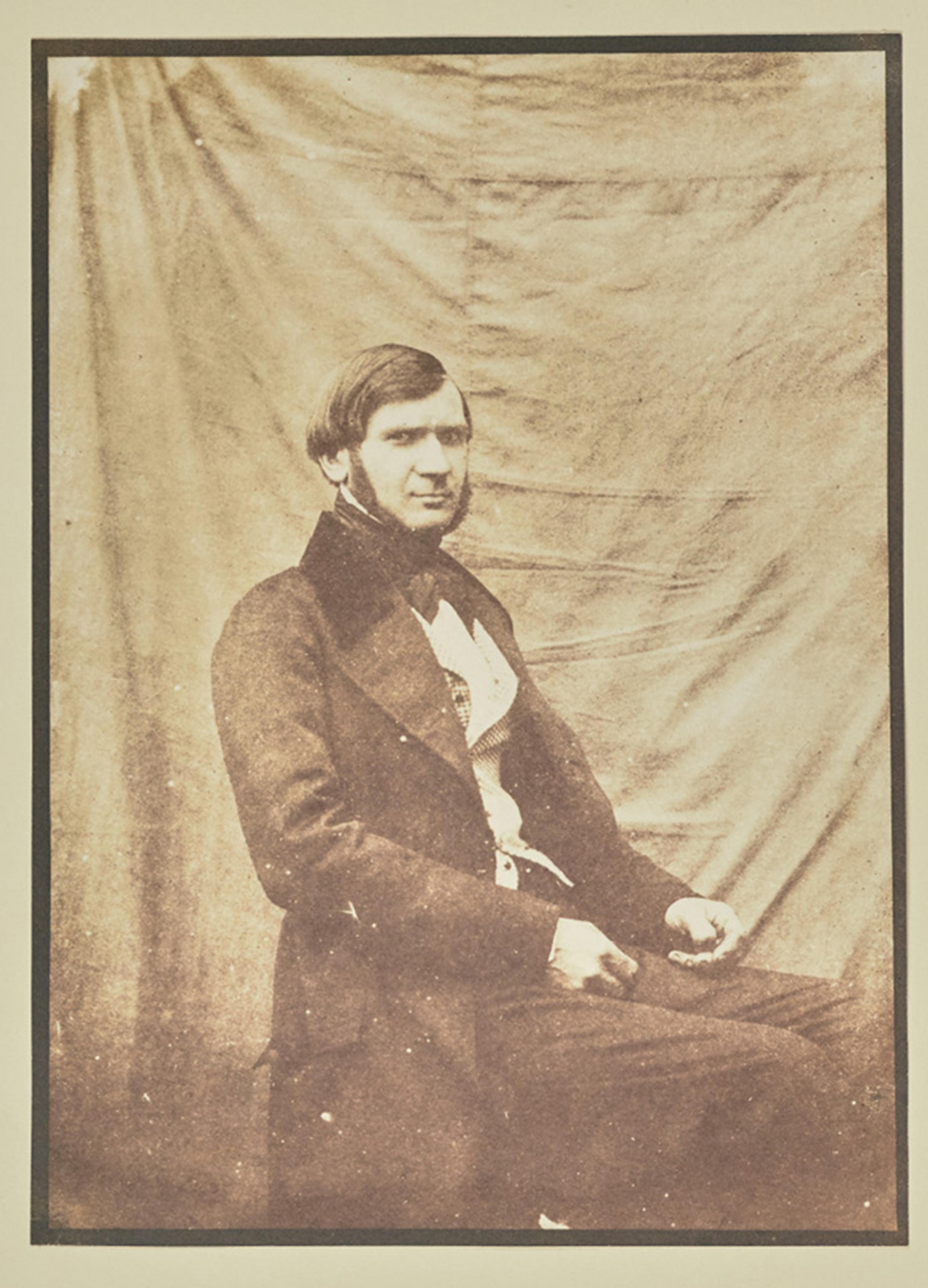
Portrait of a seated man (c1840-49) by Hippolyte Bayard. Courtesy the Getty Museum
Then, just two years after the artist-entrepreneur Louis-Jacques-Mandé Daguerre publicly announced the Daguerreotype photographic process in 1839, another Frenchman, Antoine Claudet, described an innovative use of backgrounds in a patent application. Claudet wrote that he improved standard photographic practice ‘by applying behind the sitter some backgrounds of painted scenery representing landscapes, interiors of apartments, and other representations adapted to the taste and habits of the sitter or to his profession’.

Portrait of a young man with muttonchop whiskers (c1842) by Antoine Claudet. Courtesy The Getty Museum
Decorative backdrops, alternatively called scenics, backgrounds or simply grounds, were often painted by theatrical scene painters. Lists of subjects were advertised in photo industry journals. Elegant interiors, as well as country landscapes featuring cottages or park settings in all seasons were popular, as were military encampments or naval scenes. Studio owners interested in ordering backdrops could send away for a catalogue of photographic samples, since printing unique woodcuts in the magazines was prohibitively expensive.
Backdrops were also used by itinerant photographers who set up temporary tent studios in rural areas. Like the backdrops used by metropolitan photographers, these also featured a variety of subjects, from the view out of a stately window, framed by columns, to bucolic country landscapes – although occasionally the reality of the tent setup crept into the scene, as when the bare dirt ground was only partially covered by a rug. Even indoors, grassy props could slip and reveal the studio’s wood floor below.
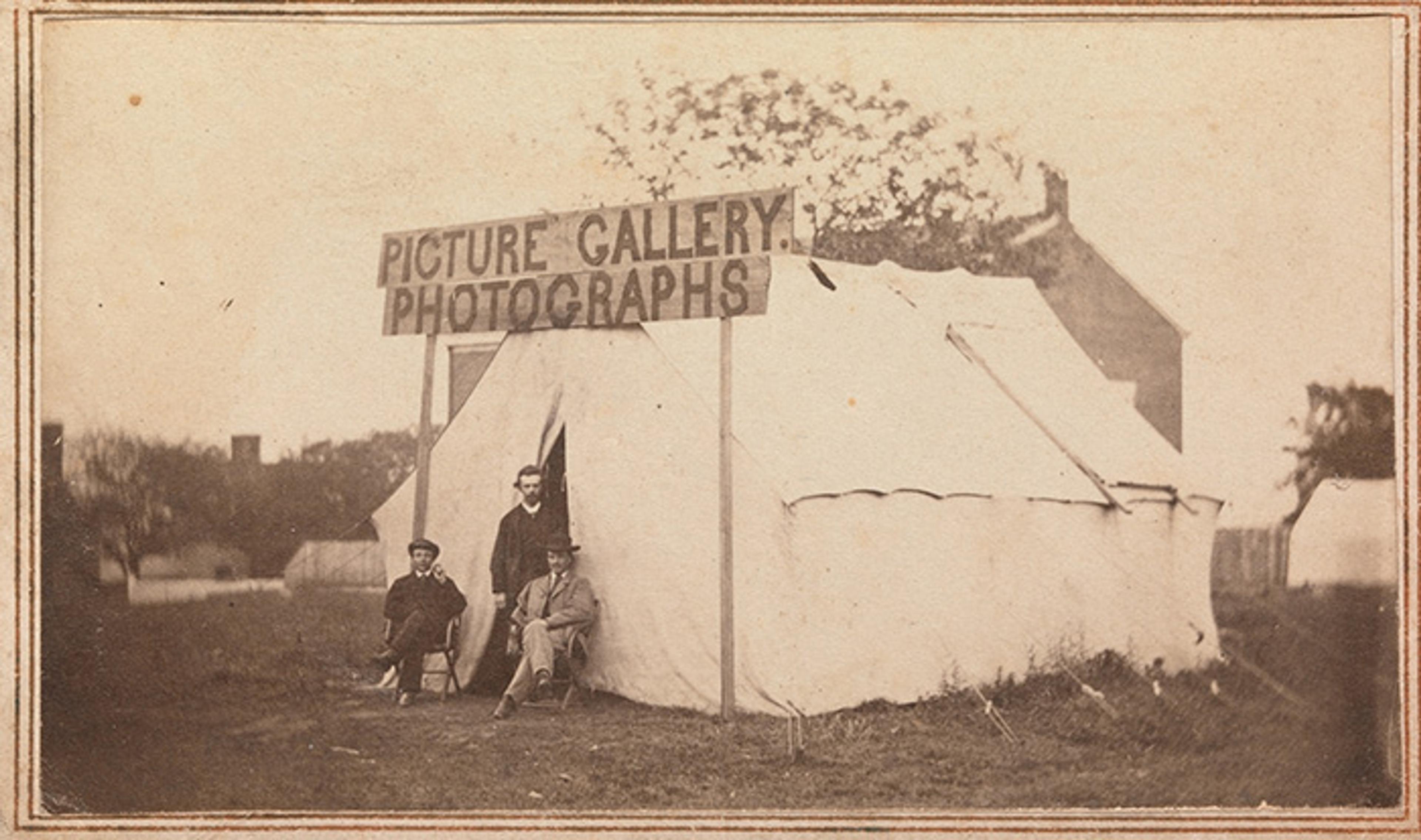
One of hundreds of itinerant photography studios following the US Civil War armies in the 1860s. Courtesy the Met Museum, New York
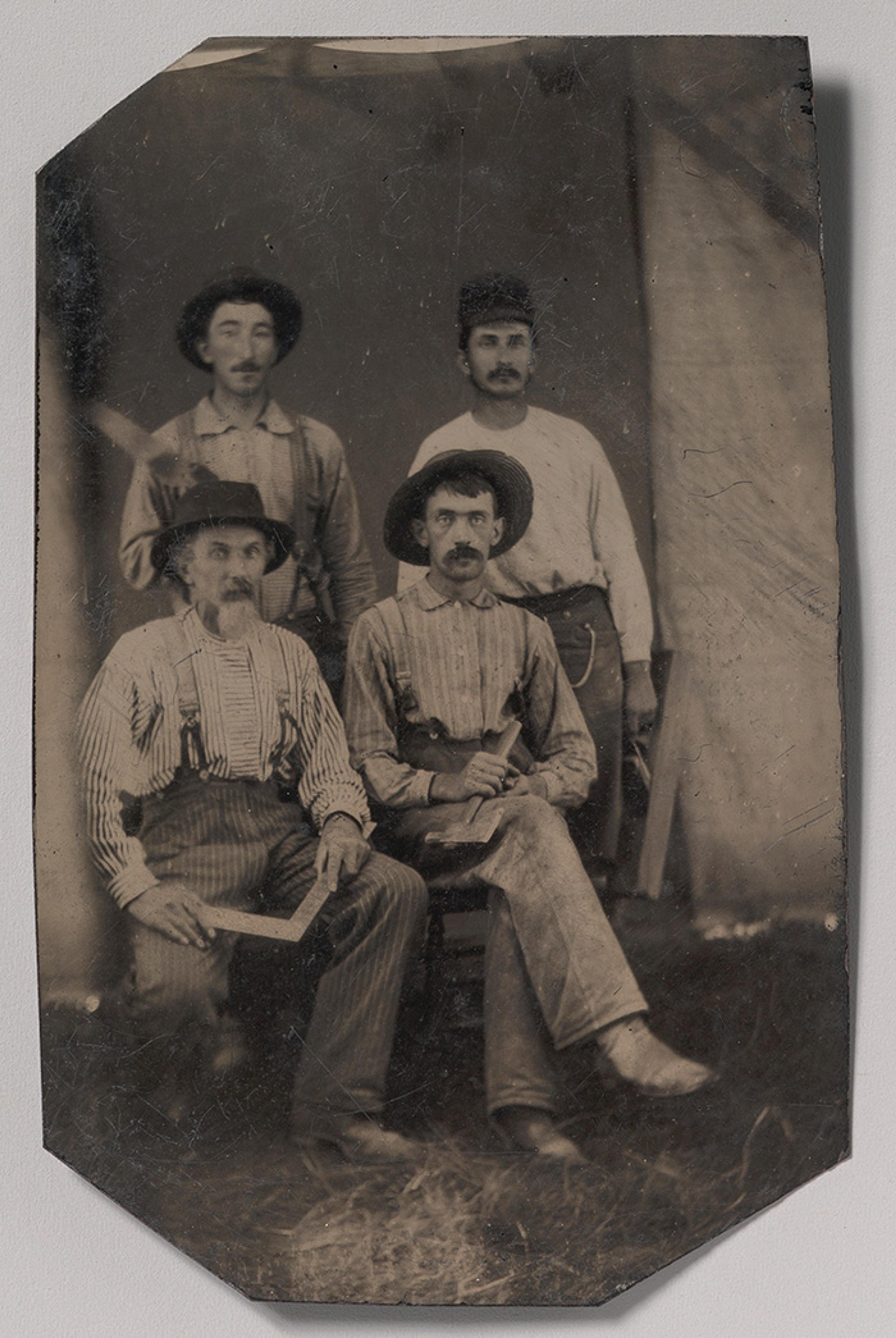
Workmen with their tools (1860s-70s), photographer unknown. Courtesy the Met Museum, New York
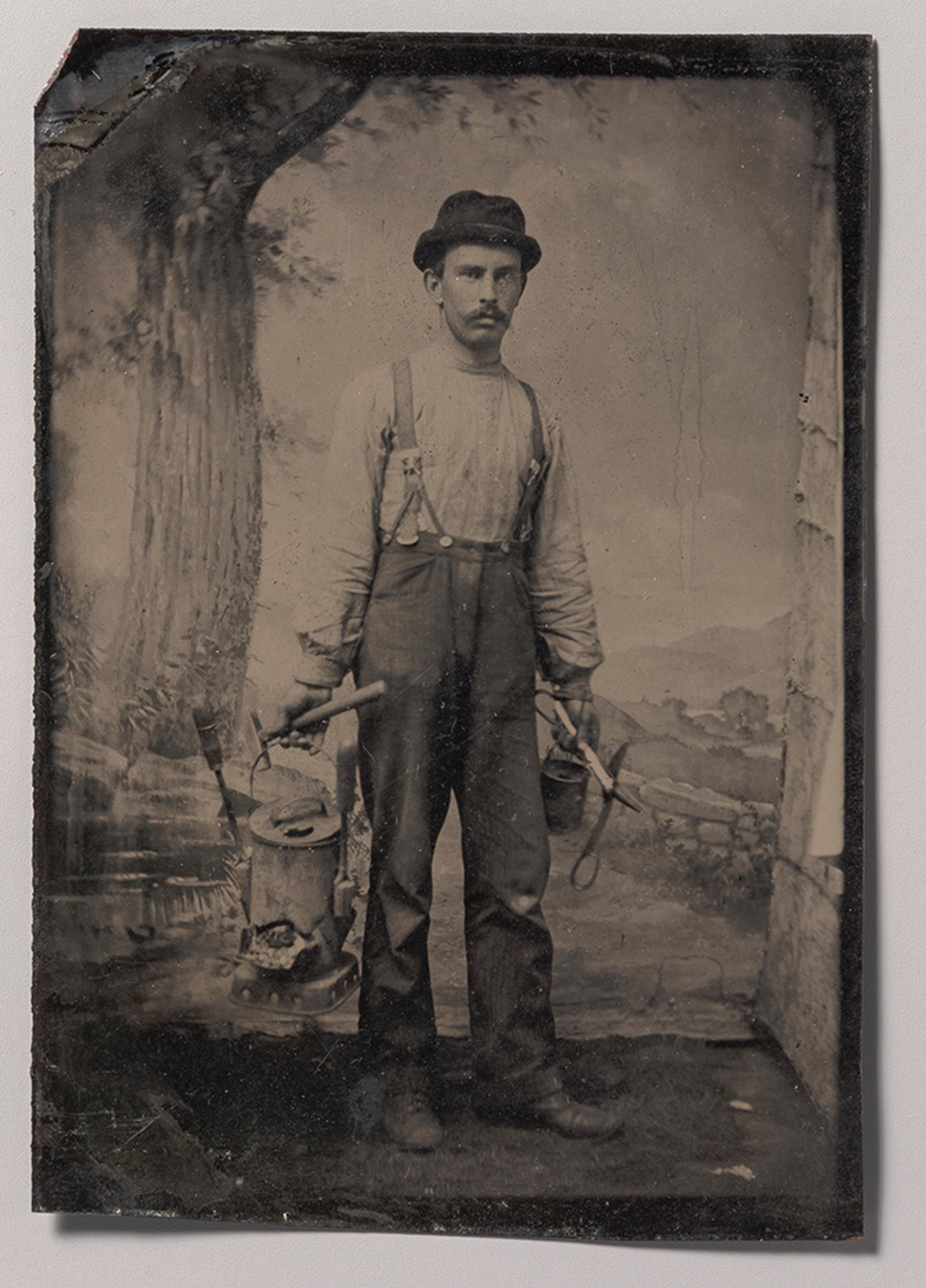
Tinsmith with painted outdoor backdrop (1860s-70s), photographer unknown. Courtesy the Met Museum, New York
Sometimes, backdrops even reproduced a view that was visible immediately outside the tent, whether it was a recognisable tourist site such as Niagara Falls or a generic encampment of soldiers during the Civil War in the United States.
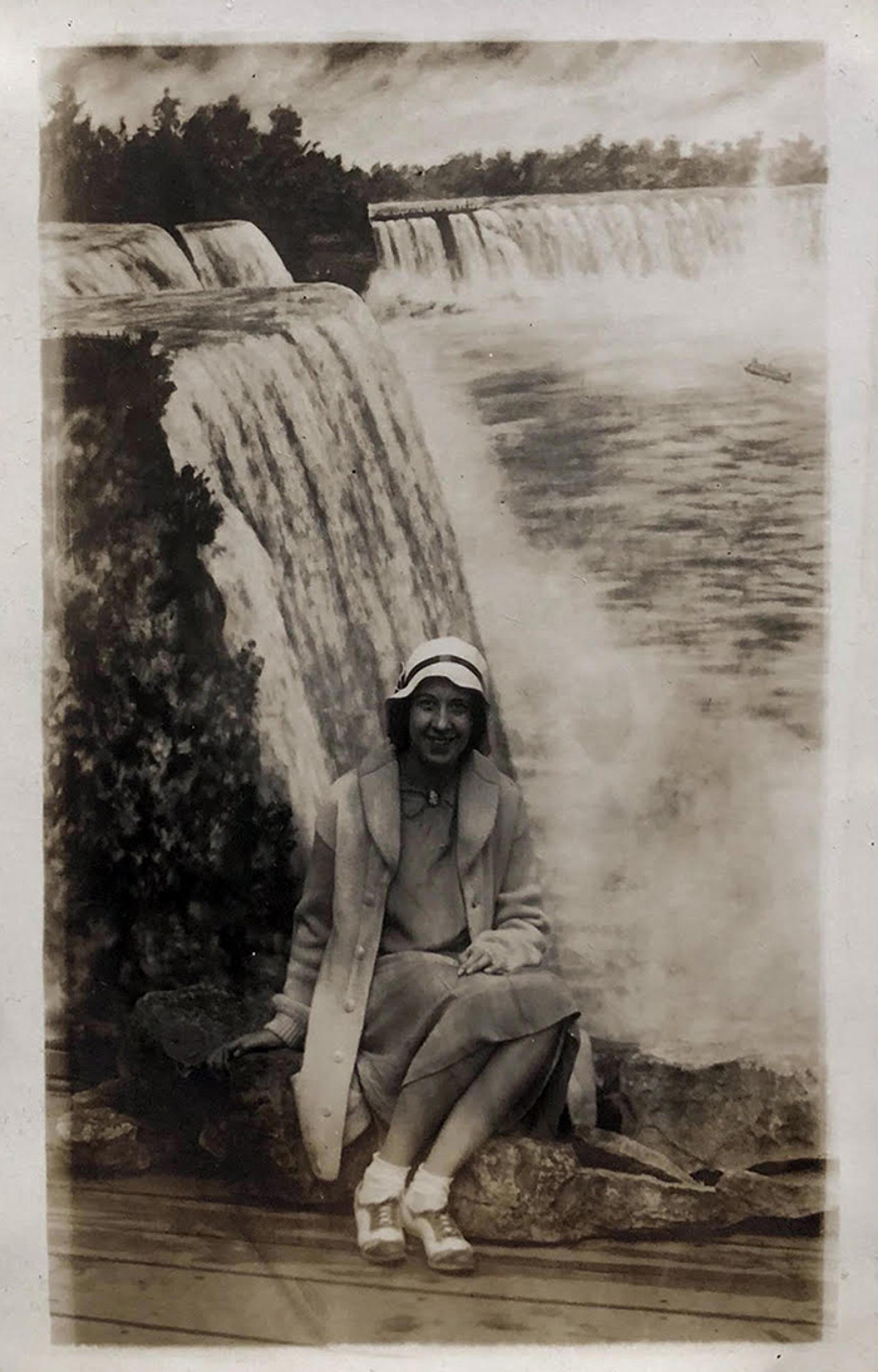
Woman seated in front of Niagara backdrop, photographer unknown. Courtesy Museum of Fine Arts, Houston
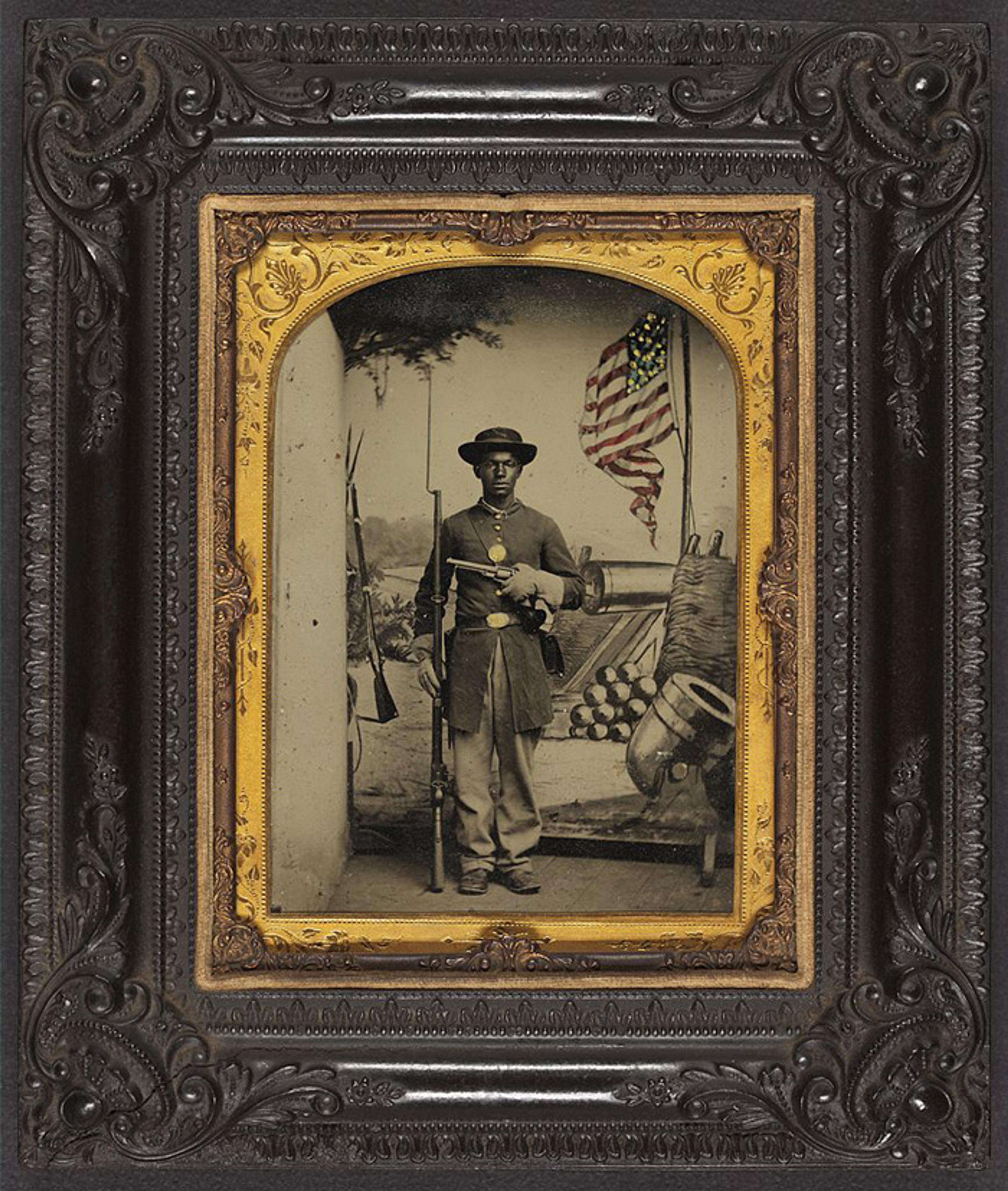
Unidentified African American soldier in Union uniform at Benton Barracks in Saint Louis, Missouri (c1863-65) by Enoch Long. Courtesy Library of Congress
Why didn’t photographers simply point their lenses outside the tent? The painted backdrop was engineered to avoid distracting elements, such as changing lighting conditions or people moving through the scene. Further, the painted backdrop’s brushy style could give the appearance of depth without sacrificing sharpness in the sitter’s features. The painted background revealed early photography for what it was: a mash-up of painterly conventions and camera technology.
Soon a battle over backdrops was brewing. The English photographer Thomas Sutton wrote in A Dictionary of Photography (1858): ‘Painted backgrounds in which peeps of distant scenery, bits of balustrade, columns, curtains, &c, are introduced, are decidedly in bad taste.’ The distinction between a tasteful and a tacky background wasn’t easy to draw, however. Presumably Sutton preferred a simple background, either the old woollen blanket trick or a subtly painted grey backdrop, which mimicked the shadowy backgrounds of Rembrandt portraits. Even studios that catered to upper-class patrons used backgrounds well into the 20th century. At a costume ball in London in celebration of Queen Victoria’s Diamond Jubilee in 1897, guests could stroll in the gardens at Devonshire House, then stop by the tent studio for a portrait in front of a newly painted backdrop, which reproduced the gardens at the same Devonshire House.
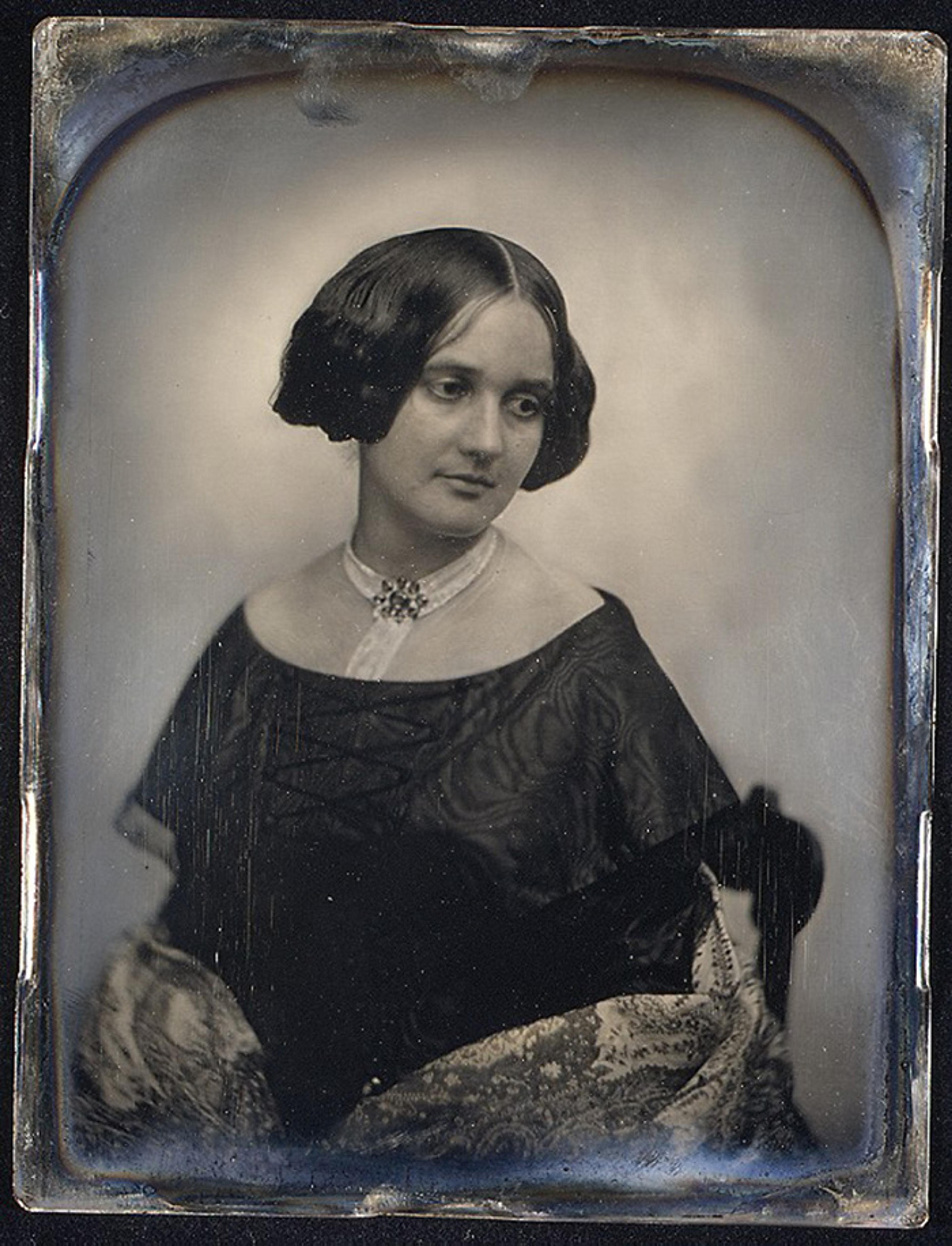
Unidentified woman (c1850) by Albert Sands Southworth and Josiah Johnson Hawes. Courtesy the Met Museum, New York
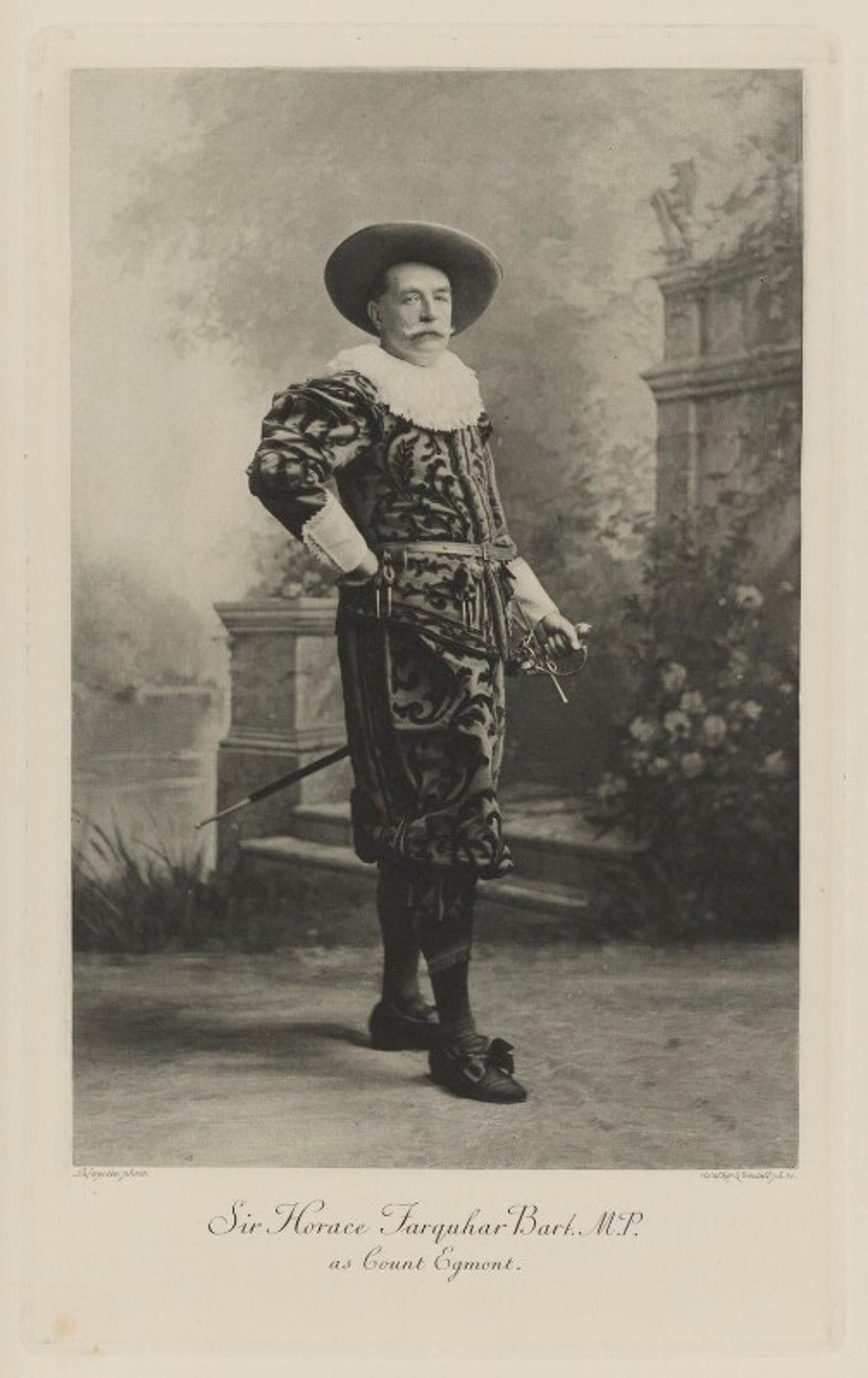
The financier and politician Horace Brand Farquhar as Count Egmont (2 July 1897), photographed by Lafayette, photogravure by the firm Walker & Boutall. Courtesy the National Portrait Gallery, London
Sutton’s critique reveals a question over the role of the background: was it meant to trick viewers into thinking that the portrait subject was the owner of an opulent villa? Or, were backgrounds just another element of fashion, chosen because they looked good in pictures?
Some contemporary writers interpret backgrounds in historic photos as earnest and aspirational, akin to the way that social media photographers travelled in search of real backgrounds before the pandemic. Maybe we’re not supposed to mistake a 19th-century portrait subject for the heir to a great estate, but at least we should think that he looks appropriate there, like a backstage selfie at a coveted concert.
The ironic use of Zoom backgrounds, from Putin to palm trees, suggests that the significance of a staged background is more nuanced than any straightforward claim to realism. Whether painted or digital, backgrounds don’t promise authenticity of location, but what might be better described as an authenticity of affect. Zoom users select backgrounds that are meant to highlight something about themselves, which might otherwise be lost in flat online interactions.
The sociologist Erving Goffman used the model of stagecraft to describe social interactions in his book The Presentation of Self in Everyday Life (1959). Goffman argued that the social roles we play are shaped by those around us. We assume a different character in different situations and in front of varied audiences, whether they are professors, co-workers, friends, family or strangers. We play this character with our language choices, as well as gestures and props. Critically, the character is made when they’re recognised by others in the scene, in the same way that actors become characters on stage in front of an audience.
Sometimes, we play the roles that others expect us to play in familiar scenarios, such as teacher and student or server and restaurant-goer, but Goffman suggests that we can also be active dramaturges in our everyday lives. Much has been made of the ‘curation’ of social media, especially the polished self-representations of Instagram. Rather than deride this practice as inauthentic, we would do better to recognise the constructed nature of all social interaction. Indeed, Goffman presents the hopeful view that when individuals present themselves in a particular role – even a role that subverts others’ stereotypical expectations for them – then the social actor ‘exerts a moral demand upon the others, obliging them to value and treat him in the manner that persons of his kind have a right to expect’.
In this light, the performative backgrounds of social media are not so distant from 19th-century studio backdrops. The pathos we might feel in looking at a disjunctive backdrop, such as the dishevelled carpenter in the aristocrat’s salon or the bare wooden floorboards visible beneath the painted woodland scene, arises from our difficulty in the face of this ‘moral demand’. It is the audience who fails, in Goffman’s view, not the portrait subject.
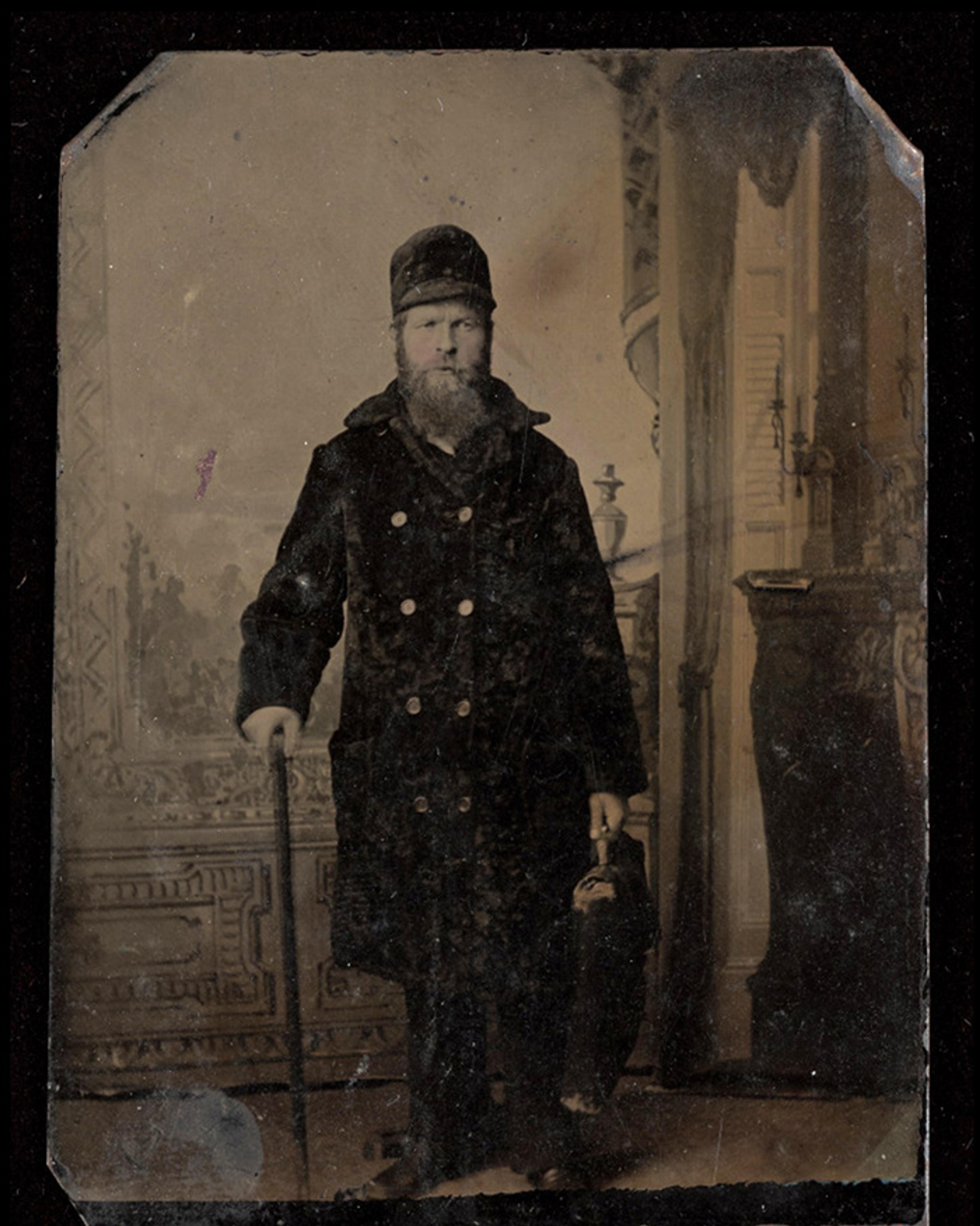
Portrait of a bearded man (1870s). Courtesy the Getty Museum
The success of an ironic background also relies on a social contract between the subject and viewer on Zoom. The viewer must not only recognise the disconnect between the background and the subject, but also understand how this difference reflects on the subject’s projected character. In other words, if I misinterpret my student’s relationship with Putin, it’s on me. Certainly, the background should speak to the subject, as Claudet recommended in the mid-19th century, but it’s equally important to consider to whom the background speaks. Even in this time of social distance, self-representation still presumes a social self.
